I'm new to nuget package publishing.
The project under progress is a dot net core app and it's an open source project.
I undertand the two options content and lib when it comes to specifying target for distribution files.
Because so far I've not been able to connect a dll to a .net core web app on mac and the research indicates that the option is to have source code available for installation/deployment.
Second there could be users on the desktop that can develop their projects using the assembly dll provided.
Question is,
can user select what to get? dll or the source files?
Do I've to create a separate assembly for each, netstandard, netcore, net and uap?
I want to have the assembly (preferable) or source code available for all above mentioned platforms. The binary itself has some functionality that doesn't call any platform specific code, let's assume it's a HelloWorld class embedded inside a DLL.
Images from https://blogs.msdn.microsoft.com/dotnet/2016/09/26/introducing-net-standard/

